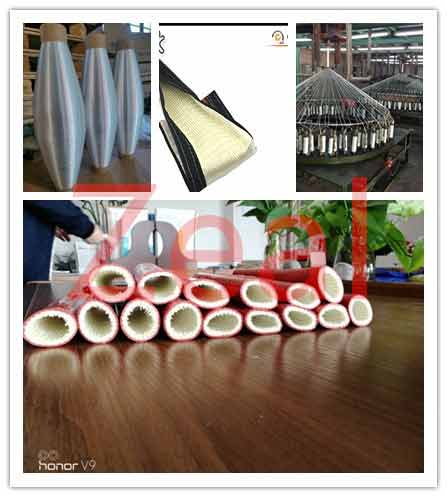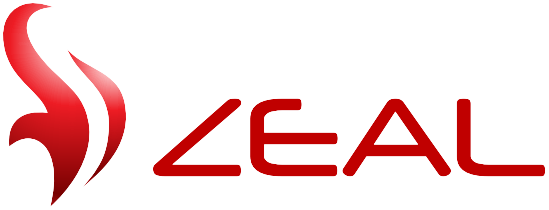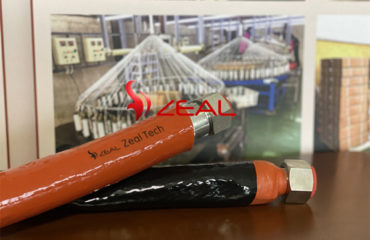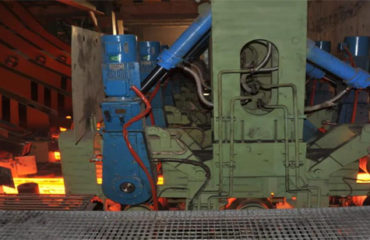There are many methods for classifying glass fibers. Classification of glass raw materials is currently the most commonly used method, and is mainly used for the classification of continuous glass fibers. Different from alkali metal oxide content, alkali metal oxide generally refers to sodium oxide and potassium oxide, and is introduced by substances such as soda ash, thenardite and feldspar. Alkali metal oxide is one of the main components of ordinary glass, and its main function is to lower the melting point of glass. However, the higher the content of alkali metal oxide in the glass, the lower its chemical stability, electrical insulation properties and strength. Therefore, for glass fibers of different uses, different glass components containing alkali are used. Therefore, the alkali content of the glass fiber component is often used as a marker for distinguishing continuous glass fibers for different purposes. According to the alkali content in the glass component, the continuous fibers can be classified into the following types:
Alkali-free glass fiber: an alkali metal oxide content of less than 0.8%, which is an alumin oboro silicate component. Its chemical stability, electrical insulation properties and strength are very good.
Medium-alkali glass fiber: The content of alkali metal oxide is 11.9%-16.4%. It is a kind of soda-calcium silicate component. Because of its high alkali content, it can not be used as electrical insulating material, but its chemical stability and strength are good.
High alkali fiber: The alkali metal oxide content is equal to or greater than 15%. It is usually made of broken flat glass, broken glass and other raw materials. The country has banned the production of such products





